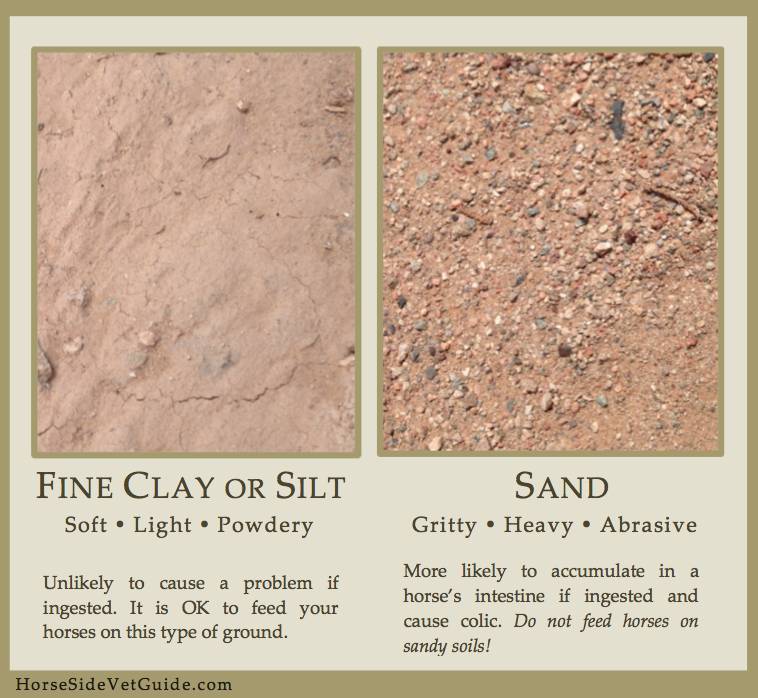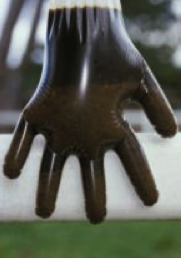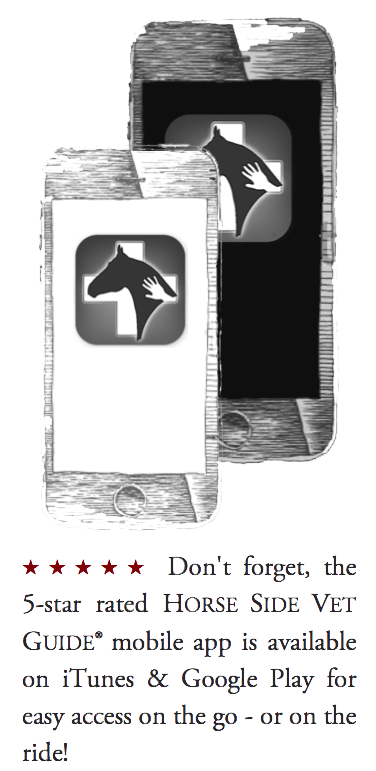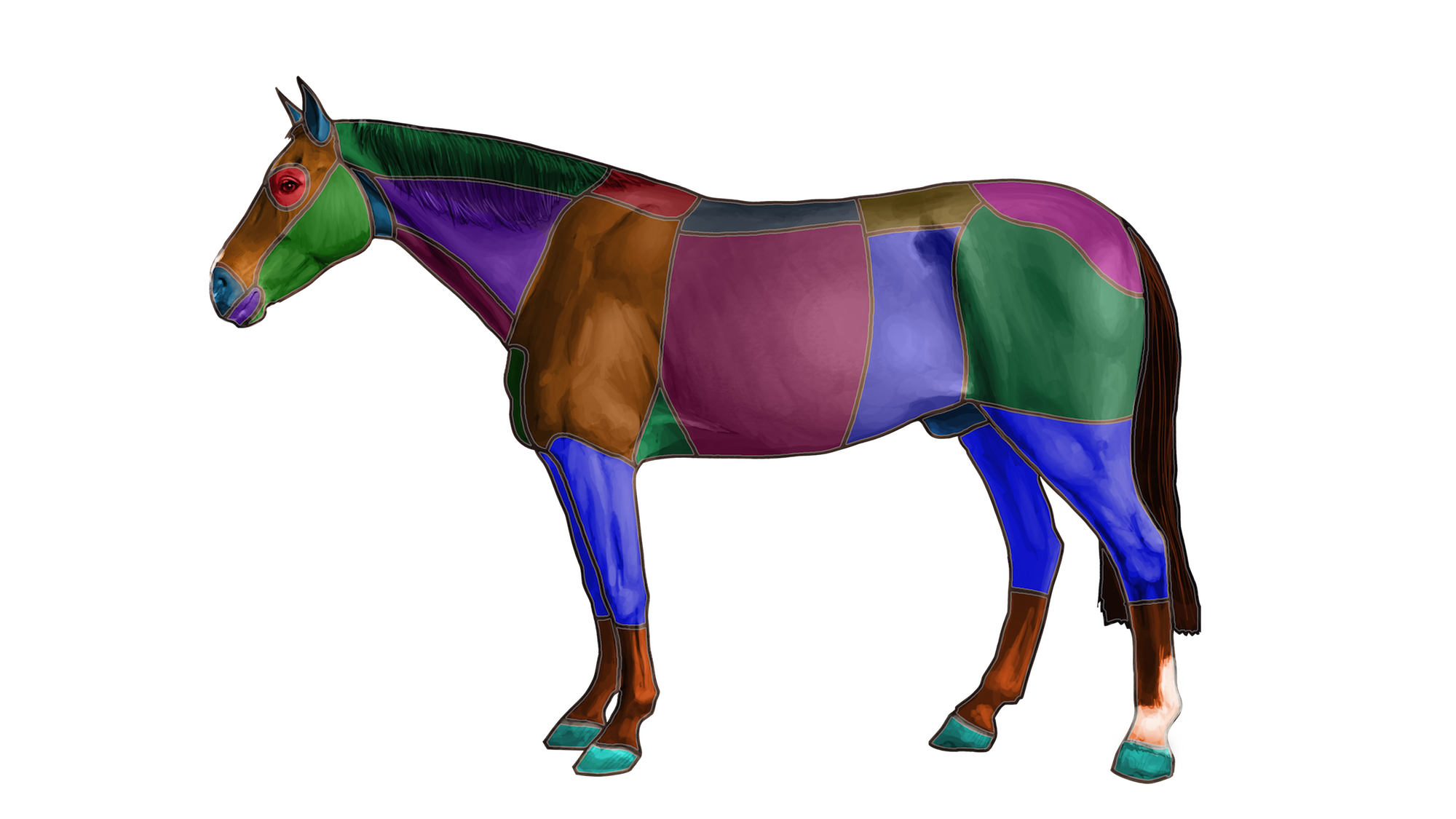Sand Accumulation in the Colon: A Common Cause of Equine Colic



 A simple diagnostic tool that you can use is the “glove test.” Collect a handful of manure and place it in a clear plastic glove, plastic bag or jar. Add water, thoroughly mix it with the manure and allow the contents to settle. If a significant amount of sand settles to the bottom, it is reasonable to assume that there is significant sand in the colon.
A simple diagnostic tool that you can use is the “glove test.” Collect a handful of manure and place it in a clear plastic glove, plastic bag or jar. Add water, thoroughly mix it with the manure and allow the contents to settle. If a significant amount of sand settles to the bottom, it is reasonable to assume that there is significant sand in the colon.
